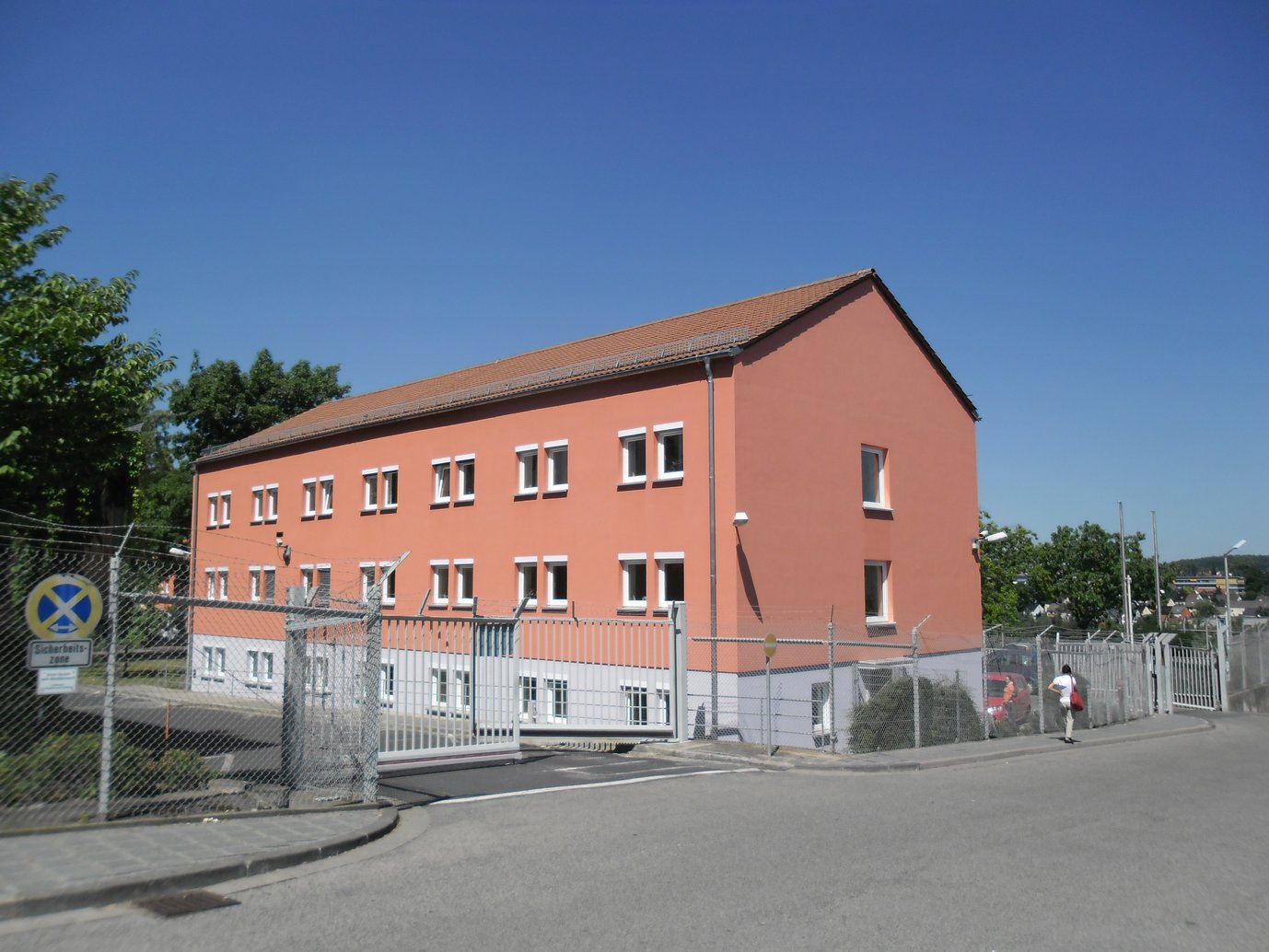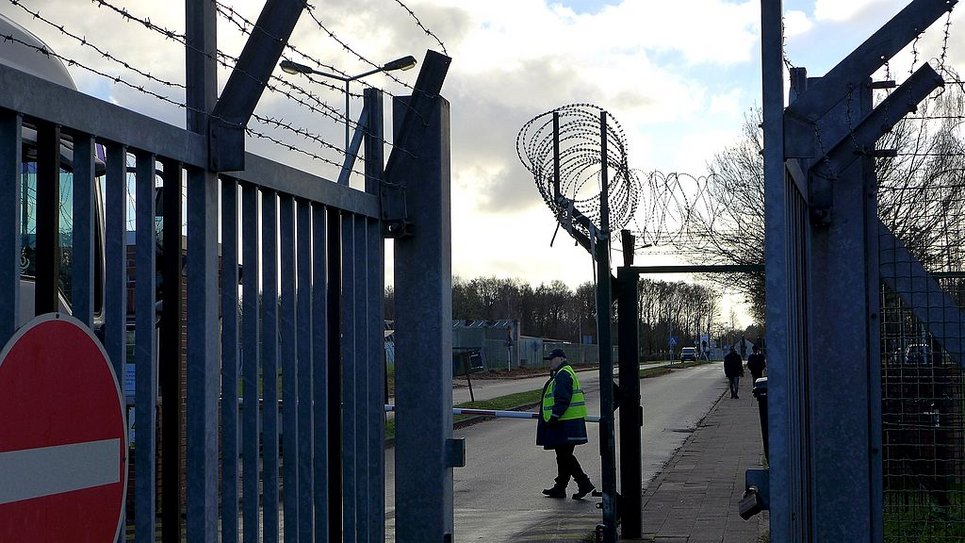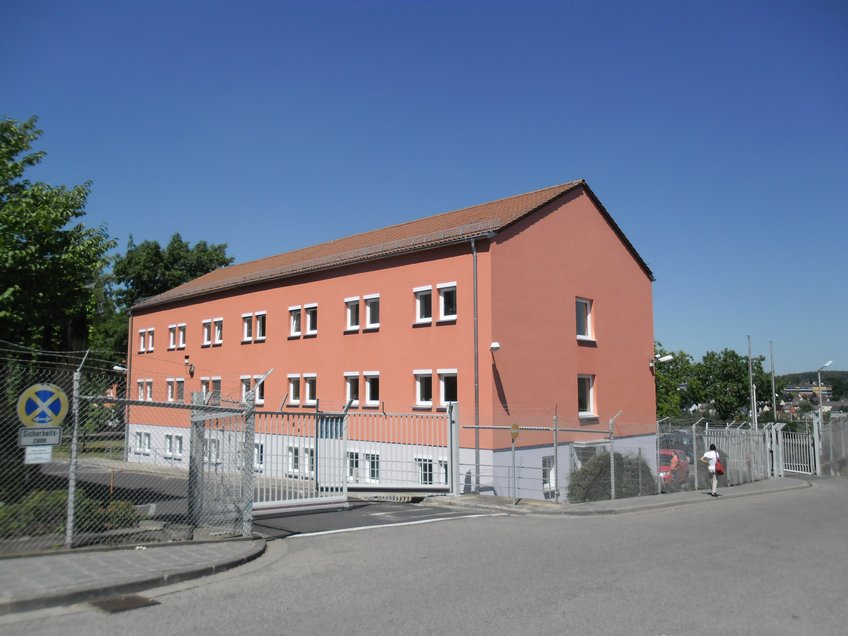Refugee Accommodations in Germany: A Challenge (not only) for Vulnerable Asylum Seekers
It is not easy to get an overview of the German reception system. It seems to be a jungle of legal provisions and policies. There are different types of refugee accommodation centres, which differ in terms of the level of protection of vulnerable residents. This blog post by Jakob Junghans tries to give our English-speaking audience an understanding of the German approach to refugee accommodation. Furthermore, it highlights the issues at the intersection of accommodation, identification, counselling and support of vulnerable asylum seekers.

Following the events in summer 2015, the approach towards refugee accommodations has changed in Germany. Until 2015, there were only a few state reception centres. As the length of stay in these reception centres was limited to a few weeks, responsibility for housing asylum seekers fell to the municipalities. Some municipalities set-up collective shelters, whereas others used private housing.
But over the past few years, many amendments to the Asylum Act have promoted mass accommodation managed by the states. There has been a gradual shift in the meaning of ‘centralized housing’ from accommodation to mass accommodation. In the beginning, these laws may have been aimed at preventing homelessness and ensuring the swift registration of asylum seekers. However, now that there is no such necessity, the question arises as to why newer laws still promote mass accommodation. A reason for this might be the shift of financial burden from the municipalities to the states, leading to the promotion of mass accommodation.
On the one hand, federal law has been amended, especially the time limit imposed on mass accommodation of asylum seekers in state reception centres has been virtually abolished step-by-step. On the other hand, accommodation as such remained subject to the responsibility and discretion of the German states. As a result, the differences among the states’ approaches to accommodation has been increasing; some states still focus on moving asylum seekers to municipal accommodation and integration programs, while others try to keep asylum seekers in reception centres until their deportation or voluntary return to their country of origin. These differences are largely a result of misalignment between the federal law and state responsibilities. Federal law presses for extending the time asylum seekers spent in mass accommodation centres, while the actual responsibility for and discretion of providing accommodation is left to the states.

However, the promotion of mass accommodation as an overarching political objective is undergirded by certain misconceptions about asylum management. First of all, it ignores the fact that mass accommodation causes vulnerabilities, such as violence amongst asylum seekers and against them, which the state is responsible for preventing. There is a correlation between the increase in mass accommodation and increasing violence. If asylum seekers are obliged to live in reception centres, the state is also obligated to effectively protect them against violence. This requires specific protection plans for every reception centre (see here for minimum standards as suggested by UNICEF). In other words, state measures cannot be isolated; if a law results in vulnerability, the state must compensate for this vulnerability in its protection plans.
Second, reception centres often do not have access to good public transportation or to medical or psychological support. This affects the mental health of the residents, especially when vulnerable asylum seekers lack access to counselling centres or support structures. This also affects the asylum procedure (e.g. required diagnosis, medical treatment). Although the promotion of mass accommodation was intended to make the asylum procedure ‘more effective’, in reality, the opposite has occurred. Also, a recent evaluation report of state reception centres shows that centralized accommodation for the first weeks is helpful as regards vulnerability screening and administrative procedures. After that, however, mass accommodation becomes more of a hindrance than a help.
A third point concerns the identification of particularly vulnerable asylum seekers. Although accommodation might be more conducive to identifying vulnerabilities effectively and to providing needs-based support, the German approach to mass accommodation ignores central aspects. For example, reception centres are often located in rural areas. Access to lawyers, counselling centres, health facilities and volunteers is limited; there are no protection plans in force and complaint or compliance mechanisms are not available. The latest initiative, to set up a federal identification mechanism at the state asylum counselling service of the Federal Office for Migration and Refugees, ignores the fact that a confident and trusting environment is needed in order to detect hidden vulnerabilities in particular (e.g. LGBTI+ identity). Such a service may supplement a non-governmental identification structure, but must not replace it.
Arguably, the German approach is more about isolating asylum seekers than about enabling effective administrative procedures for asylum, reception, identification and needs-based support. This increases the already vulnerable situation of the residents and leads to a situation where hidden vulnerabilities stay covered. This is due to the fact that vulnerable asylum seekers do not fall within the scope of a special protection regime. Instead, the intent is to give them preference in granting access to limited resources. Conversely, the general approach to the accommodation of asylum seekers also affects the situation of the most vulnerable, because it hinders identification of hidden vulnerabilities and provision of needs-based support. This is all the more so because of the many discretion clauses in the law, increasing the administrative dependency of asylum seekers, and consequently, their vulnerability.
| Further information |
|---|
| This blog post refers to ‘asylum seeker ’ in a generic sense. No statement can be made as to whether the person has applied for asylum, is in the asylum procedure, or has received a negative decision. What is relevant is the mandatory stay in refugee accommodations, which is linked to various criteria, e.g. country of origin, length of stay or vulnerability. |
| Reception centres (Aufnahmeeinrichtung) are mass accommodation centres that are operated by the respective German states. They are used to accommodate refugees. Registration often also takes place there. However, it is possible to separate accommodation and registration. Centres that only serve for the latter are not reception centres, although they are often called by a similar name (e.g. initial reception centres) and sometimes offer accommodation for several days. |
| Collective shelters (Gemeinschaftsunterkünfte) offer space for a couple of dozen residents. But they differ widely with regard to their specifics (e.g. size, furniture, privacy). |
| Protection plans differ widely in practice. Sometimes they contain binding rules (legal framework), sometimes only suggestions. Some of them implement a coherent structure for emergency cases and bring different actors together, while other address just a single actor, such as the facility staff or the residents. This makes them difficult to compare. |

